
![Grand Winner [Residential Division] - English Avenue Yellow Jackets project by the Georgia Institute of Technology design team. All images courtesy of The Solar Decathlon Competition. Grand Winner [Residential Division] - English Avenue Yellow Jackets project by the Georgia Institute of Technology design team. All images courtesy of The Solar Decathlon Competition.](https://archinect.gumlet.io/uploads/eq/eqzcpbmdm512olq0.jpg?fit=crop&auto=compress%2Cformat&enlarge=true&w=514)
The annual Solar Decathlon Competition, organized by the U.S. Department of Energy is an international collegiate competition that invites student teams from across the globe to design and build "high-performance, low-carbon buildings powered by renewables." Split into two competition categories the "the Design Challenge is a one- to two-semester, design-only competition, while the Build Challenge is a two-year design-build competition."
This year, the competition celebrated its 20th anniversary and to date has welcomed over 25,000 students to design and build innovative projects powered by renewables. With the first Solar Decathlon Build Challenge held in 2002, design approaches and initiatives have continued to develop and grow making this year's winning projects no different.
According to the Solar Decathlon organization, the competition aims to "leverages opportunities to showcase student innovation and STEM education, and it fosters workforce development opportunities." A virtual event took place to congratulate and celebrate winning teams.
View this year's winning design challenge projects below.
Grand Winner: Georgia Institute of Technology - Residential Division
Project: English Avenue Yellow Jackets
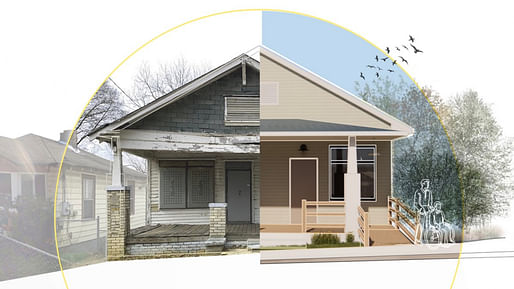
Project Details: "Georgia Institute of Technology’s team is a collaboration of 12 students from diverse educational, professional, and geographic backgrounds. Together, our goal is to create a replicable model for renovating the many vacant and derelict houses in the English Avenue neighborhood into affordable, healthy, and energy-efficient homes. In doing so, we envision contributing to a neighborhood that is not just a vibrant place to live but also is a platform for the upward mobility and prosperity of its residents." Learn more here.
Grand Winner: The University of Arizona - Commercial Division
Project: Sunblock - The Avenue
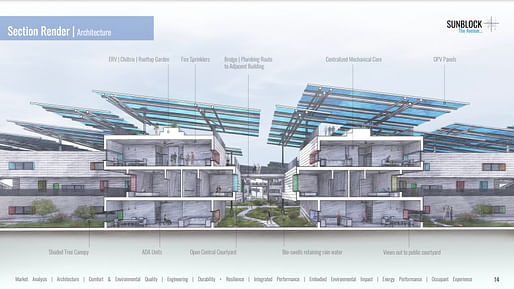
Project Details: "Miracle Manor is a neighborhood in Tucson, Arizona that houses many families that suffer from low income and single-parenthood. These families are vulnerable to the high crime rate and low economic opportunity that this neighborhood currently exhibits, and it is extremely important to the future of this neighborhood that we provide a safe, quality living space at an affordable price. The project proposal is for a 3 story mixed-use development located on what is currently the Sleepy Hollow RV park, dedicated to providing quality affordable housing for low-income families in the Miracle Manor neighborhood. The building will boost the Miracle Manor economy by providing a new retail district that will create more income opportunities for residents of the building, thus enhancing the social atmosphere of the neighborhood. Education and recreational spaces are also incorporated in order to provide ample after-school or summer activities for children who are living with a single parent. Additionally, achieving a Net-positive energy rating will reduce the cost of living and provide energy to the surrounding neighborhood, making utility costs more affordable for everyone. The complex will be designed in such a way as to meet the DOE Zero Energy Ready Home National Requirements." Learn more here.
2022 DESIGN CHALLENGE DIVISION WINNERS

New Housing Division
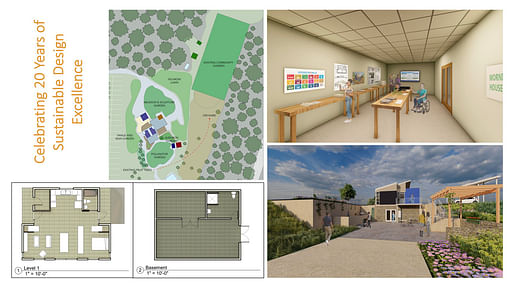
Retrofit Housing Division
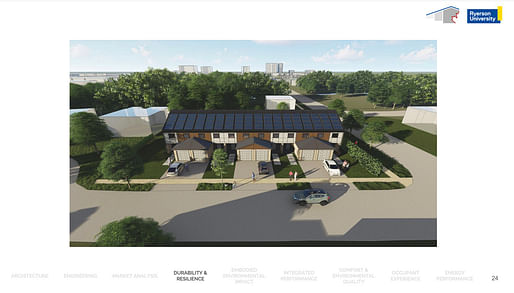
Attached Housing Division
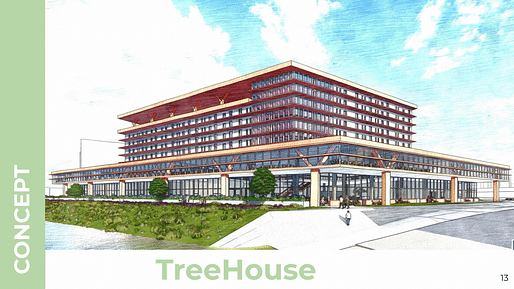
Multifamily Building Division

Office Building Division

Education Building Division
To learn more about the decathlon and the winning projects click here.

Museum of Emotions / Edition #6
Register by Thu, Jan 23, 2025
Submit by Tue, Apr 29, 2025

MICROHOME Kingspan 2024/25
Register by Thu, Feb 13, 2025
Submit by Tue, Mar 18, 2025

250,000 € Prize / HOUSE OF THE FUTURE 2024/25
Register by Wed, Apr 30, 2025
Submit by Mon, Jun 2, 2025
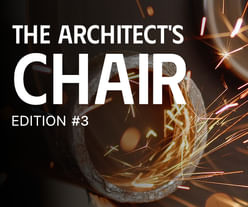
The Architect's Chair / Edition #3
Register by Wed, Jan 15, 2025
Submit by Tue, Feb 18, 2025
3 Comments
I'm reading through these projects on the Solar Decathlon site and getting teary-eyed. SO proud of these young people pursuing the challenge to build better, and presenting clear, simple solutions with real-world application. Not a single unnecessary swoop-big-shiny-thing in sight!
Also, honestly: if you're building a project in the desert Southwest that *doesn't* integrate solar panels as building shading, why?
oops, I accidentally flagged the post above this. What I meant to say was: If you're building a project in the desert Southwest that *doesn't* integrate solar panels as building shading, WHY?
EVERY building in Arizona should look like this.